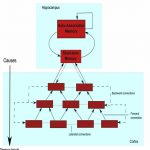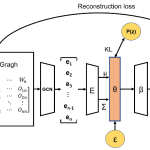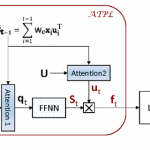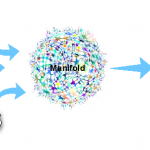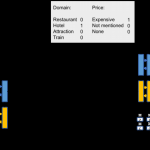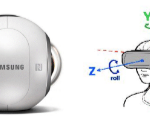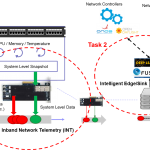DeepCloud is designed as an open software-defined ecosystem for researchers at different levels with the following salient features and transformative impacts. It is one of the first massively scalable multi-tenant open cloud platform with full-fledged building blocks and comprehensive shared stores (app, model, knowledge, data) for deep learning research and applications.
B1-S DeepCloud: An Intelligent Platform by the Community and for the Community

